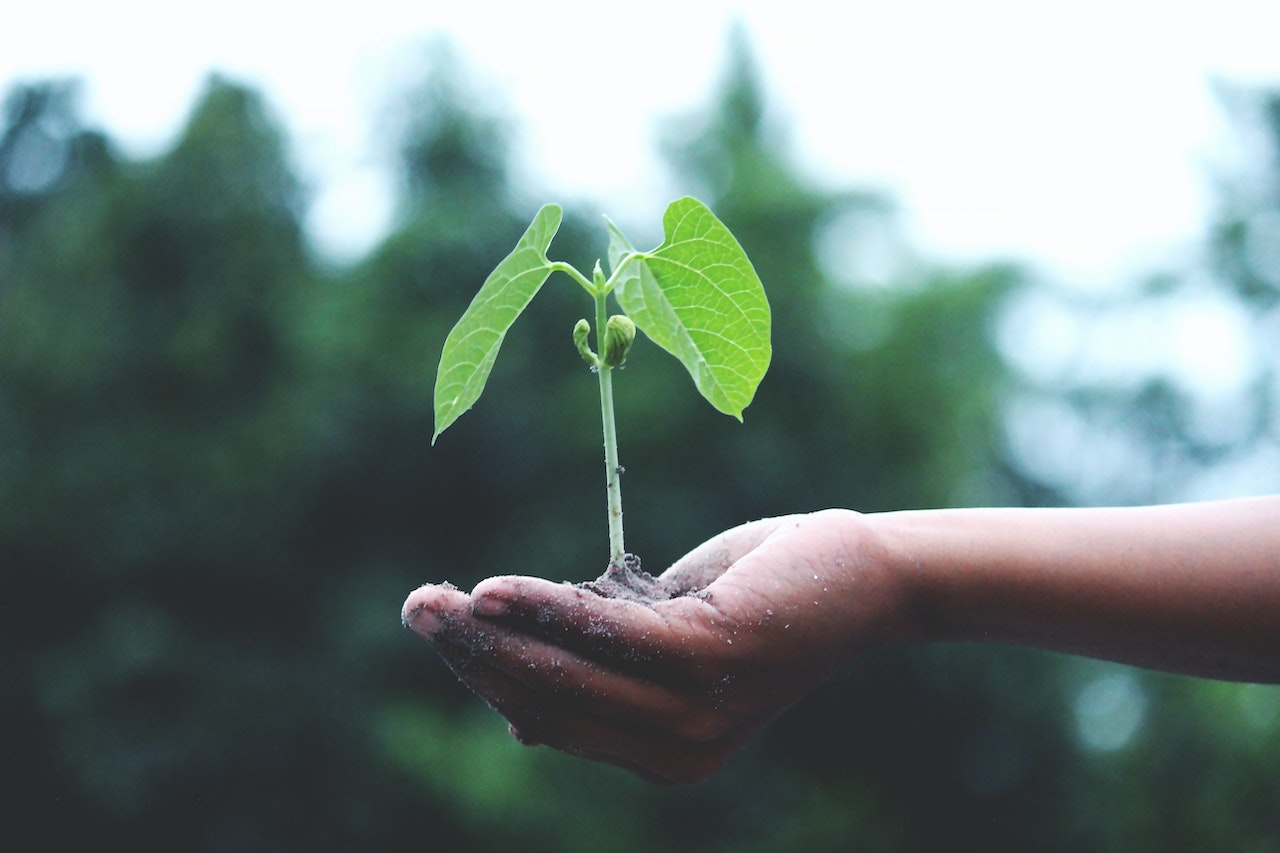This post was originally published on Sustainability Matters

According to new research by the Australian Hydrogen Centre, renewable hydrogen generated from renewable electricity could provide a feasible pathway for Australia’s clean energy future by using existing gas distribution networks.
Based on independent economic and commercial assessments across the full renewable hydrogen value chain, the report shows how policy settings can foster the development of a new renewable energy source, retaining the ability for Australians to access sustainable energy in much the same way as they access their energy today.
Craig de Laine, CEO of the Australian Gas Infrastructure Group, a founding member of the centre, said the reports show the significant role that renewable hydrogen delivered through existing gas distribution networks can play to help reduce carbon emissions.
“As a result of investment over the last two decades in our world-class infrastructure, our existing gas distribution networks are ready today to deliver renewable hydrogen, with much of our distribution network already ready for 100% renewable hydrogen. All of our networks are set to be 100% hydrogen-ready in the near future with minor incremental investment.
“This report shows that a 10% blend of renewable hydrogen in our distribution networks can be a no-regrets pathway for carbon emissions reduction. Further, Australia has the potential to unlock a cost-efficient pathway towards 100% renewable hydrogen, making the most of our existing built infrastructure to help deliver on the transition.”
De Laine said that AGIG’s Hydrogen Park South Australia facility is already supplying some of its domestic gas customers with a blended renewable hydrogen gas.
“Using existing technology to produce and supply 100% hydrogen can result in stable energy bills similar to projections of customer bills from 2021, excluding any cost of carbon or technology breakthroughs, which would put additional downward pressure on costs,” de Laine said.
Transitioning gas networks to supply renewable hydrogen has significant potential to deliver long-term economic benefits for Victoria and South Australia, with the report finding 10% hydrogen could create more than 700 new jobs during construction and more than 150 new jobs ongoing. Achieving 100% hydrogen across both states could create nearly 18,000 new jobs — 12,000 new jobs during construction and more than 5500 new jobs ongoing.
“Australia’s emerging renewable hydrogen industry has huge potential to develop skills, jobs and export opportunities while we work towards delivering Australia’s carbon reduction targets,” de Laine said.
“AGIG is proud to be a leading investor in hydrogen, but the key to continued investment and maximising the carbon reduction and economic benefits from hydrogen deployment is ensuring we have supportive policy to create a sustainable investment ecosystem.
“This is just the start of what is possible for Australia’s energy system. We want to be able to continue to make investments and realise our low-carbon vision of fully transitioning our gas distribution networks to renewable gas by 2040 as a stretch target, and no later than 2050.”
Image credit: iStock.com/Petmal





0 Comments